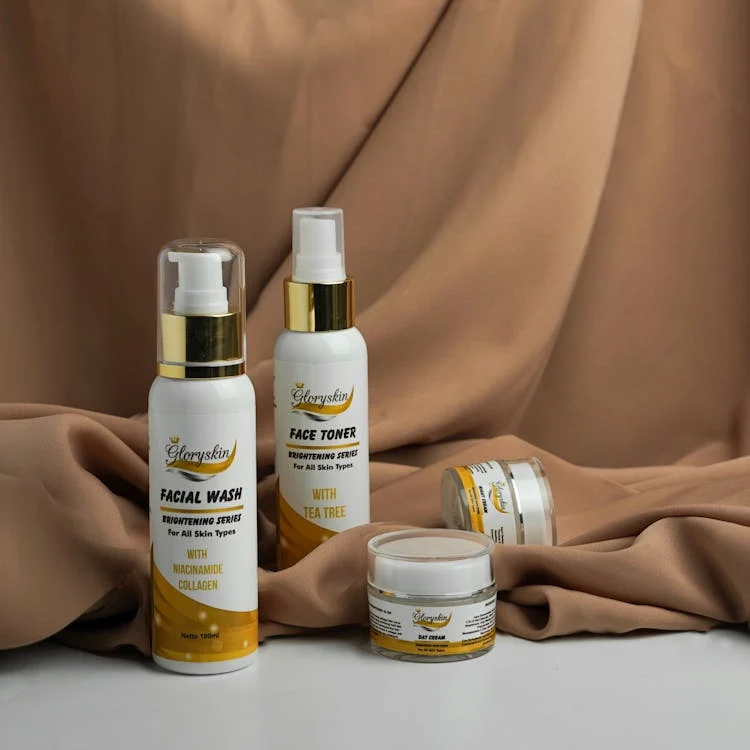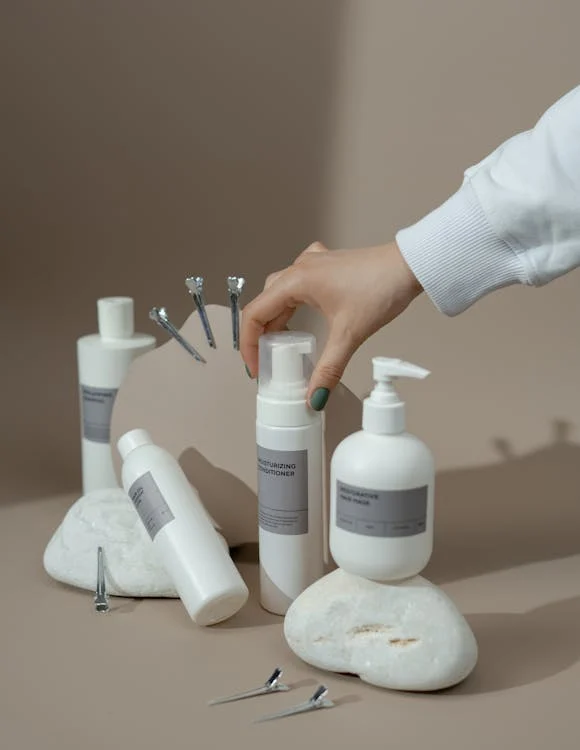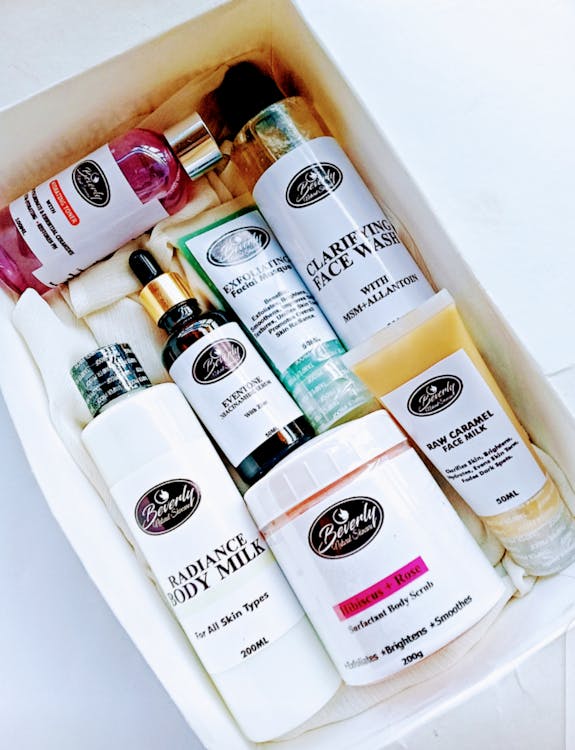Best Simple Skin Care For Healthier Trend Top 10

Simple Skin Care of your skin doesn’t have to be complicated. Some of the most effective skincare routines are the simplest. Whether you’re a beginner in skin care or looking to streamline your routine, this guide will provide you with actionable steps to keep your skin healthy, glowing, and protected from daily environmental stressors.
Thank you for reading this post, don't forget to subscribe!
Why Simplicity Is Key to Effective Skin Care
The beauty industry is full of products and methods, but the foundation of a great skincare routine is simplicity. Overloading your skin with too many products can sometimes do more harm than good. By focusing on core elements, you allow your skin to maintain its natural balance and avoid irritation. Furthermore, a simple skincare routine can easily be maintained in your daily schedule without becoming overwhelming.
The Basic Steps for a Simple Skin Care Routine
To keep things straightforward, there are four essential steps to maintaining healthy skin:
- Cleansing
- Moisturizing
- Sun Protection
- Occasional Treatment
Let’s break down each step in detail.
Step 1: Cleansing The Foundation of Healthy Skin
Cleansing is the most crucial step in any skincare routine. Throughout the day, your skin accumulates dirt, oil, makeup, and pollutants from the environment. These impurities can clog pores, leading to breakouts and other skin issues if not removed properly.
Choosing the Right Cleanser
Look for a gentle, sulfate-free cleanser that matches your skin type:
- For oily skin: Use a foaming cleanser to help reduce excess oil.
- For dry skin: Opt for a hydrating cleanser that won’t strip your skin of its natural moisture.
- For sensitive skin: Choose a fragrance-free and hypoallergenic cleanser to minimize irritation.
It’s important to wash your face twice daily—once in the morning and once before bed—to ensure a fresh and clean canvas.
Step 2: Moisturizing – Hydration is Key

After cleansing, your skin needs to replenish its moisture levels. Moisturizing keeps your skin hydrated, improves elasticity, and helps create a protective barrier. Even oily skin types should moisturize regularly to prevent sebum overproduction, which occurs when the skin feels too dry.
Finding the Right Moisturizer for Your Skin Type
- For oily or combination skin: Opt for a light, oil-free, gel-based moisturizer that hydrates without leaving your skin greasy.
- For dry skin: Choose a thicker, cream-based moisturizer that deeply nourishes and locks in moisture.
- For sensitive skin: Go for a fragrance-free, hypoallergenic option to avoid triggering any irritation.
Apply moisturizer while your skin is still slightly damp after cleansing to lock in hydration.
Step 3: Sun Protection Anti-Aging Weapon
Applying sunscreen is one of the most important, yet often overlooked, steps in any skincare routine. Sun damage is the leading cause of premature aging, hyperpigmentation, and skin cancer. Even if you’re indoors or cloudy, UV rays can still affect your skin.
Choosing the Right Sunscreen
- Opt for a broad-spectrum sunscreen with an SPF of at least 30.
- Use sunscreen that suits your skin type—whether it’s lightweight for oily skin or more hydrating for dry skin.
- Reapply every 2-3 hours, especially if you are outside for extended periods.
This is a non-negotiable step in any daily skincare routine if you want to maintain youthful, healthy skin.
Step 4: Occasional Treatments – Target Specific Concerns
While the above three steps should be the cornerstone of your daily routine, adding occasional treatments can help address specific skin concerns like acne, pigmentation, or aging.
Exfoliation
Exfoliating helps remove dead skin cells, promoting skin renewal and giving you a radiant complexion. However, over-exfoliation can lead to irritation, so limit exfoliating to 1-2 times per week.
- For dry or sensitive skin, opt for a gentle chemical exfoliant like AHAs (alpha hydroxy acids).
- For oily or acne-prone skin, consider using BHAs (beta hydroxy acids) which help penetrate deeper into pores.
Serums and Targeted Treatments
Incorporating a serum can enhance your routine. Whether it’s vitamin C for brightening, retinol for anti-aging, or hyaluronic acid for hydration, serums can provide targeted benefits without complicating your skincare routine.
Remember, it’s important to introduce new products gradually to avoid overwhelming your skin.
Additional Tips for Maintaining Healthy Skin

Maintaining a routine is just the beginning. Here are some extra tips to keep your skin looking its best:
Stay Hydrated
Drinking water is essential for skin health. Staying hydrated from the inside helps to maintain your skin’s elasticity and plumpness.
Get Adequate Sleep
Beauty sleep is real! Aim for 7-9 hours of sleep each night to allow your skin to repair and regenerate.
Eat a Balanced Diet
Incorporate foods rich in antioxidants like fruits, vegetables, and nuts into your diet. Omega-3 fatty acids found in fish can also help maintain the skin’s moisture barrier.
Avoid Touching Your Face
Your hands come into contact with many surfaces throughout the day. Touching your face can transfer bacteria and oils, leading to breakouts. Be mindful of this habit to keep your skin clear.
Conclusion
A simple yet effective skincare routine doesn’t have to be overwhelming or time-consuming. By focusing on the essential steps—cleansing, moisturizing, sun protection, and occasional treatments—you can achieve healthy, glowing skin. Remember, consistency is key, and overloading your routine with too many products can be counterproductive.
Stick to the basics, stay hydrated, and give your skin time to adjust to your routine. With time and patience, you’ll notice an improvement in your skin’s texture, tone, and overall health.
